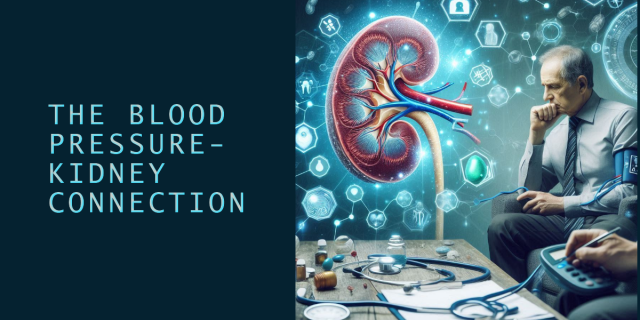It doesn’t seem possible that high blood pressure numbers can damage kidneys. But the way kidneys work can give you an understanding of the reason.
Below is a video explaining the kidneys and blood pressure connection, especially the important filtration parts of the kidneys–nephrons.
The kidneys and blood pressure connection begins in the kidneys with the delicate structures called nephrons. Nephrons are filtering wonders. Blood which picks up waste from all the cells in the body moves to the kidneys. There, the blood goes into the tiny blood vessels called capillaries and into part of these structures called glomerulus, a cluster of capillaries. Surrounding this cluster is a two layer sac called a Bowman’s capsule which is really a part of the tubule. Ultrafiltration occurs here. The blood pressure in each of these clusters forces out the excess water and waste leaving the blood cells in the capillaries.
If your blood pressure is too high, it damages these tiny capillaries. The damage occurs silently —you are not aware of the damage until it may be too late. When you do experience symptoms, the symptoms may seem random. Mayo Clinic’s website lists the symptoms as:
- Nausea
- Vomiting
- Loss of appetite
- Fatigue and weakness
- Sleep problems
- Changes in how much you urinate
- Decreased mental sharpness
- Muscle twitches and cramps
- Swelling of feet and ankles
- Persistent itching
- Chest pain, if fluid builds up around the lining of the heart
- Shortness of breath, if fluid builds up in the lungs
- High blood pressure (hypertension) that’s difficult to control
These symptoms usually don’t show up until damage has already been done. The kidneys and blood pressure connection is another reason to have your blood pressure checked, urine checked and institute lifestyle changes like reducing your weight, watching what you eat, exercising and reducing your levels of stress.






